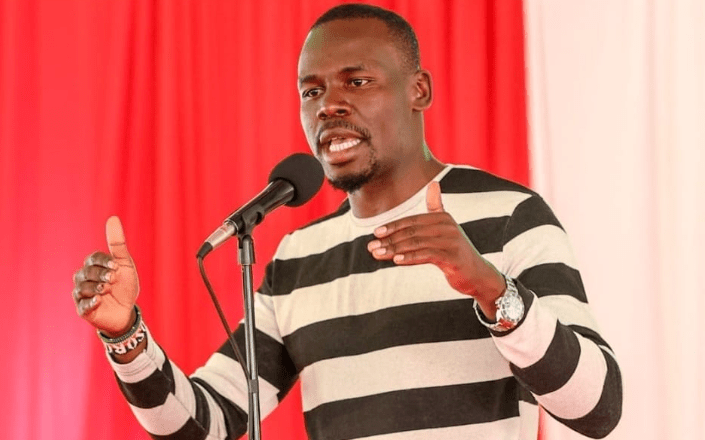Hinga: Housing project to have multiple benefits

The government has defended the affordable housing project, saying it will spur economic growth and offer jobs to thousands of Kenyans.
Housing and Urban Development PS Charles Hinga said the affordable housing project has been proven to create a multiplier effect, where direct and indirect benefits to the country include job creation, improved health and safety and increased household resilience.
Studies estimate that only two per cent of the formally constructed houses target lower-income families, with about 65 per cent of Kenya’s urban families having to cope with the informal settlements.
The Kenyan housing market faces a dynamic set of interrelated challenges; high cost of land, high cost of housing units, high incidental costs – stamp duty, legal fees, difficulty in property registration and limited access to long-term affordable finance.
Properly exploited
This notwithstanding affordable housing holds so much potential that when properly exploited can catapult the country’s economic growth and open up massive opportunities for employment.
Under the proposed housing levy plan, all employed Kenyans would contribute three per cent of their monthly salaries to a government-run fund, which would be used to construct affordable housing units for those unable to afford their own homes.
Hinga explained that the government simply wants to help Kenyans own, not rent, the houses they live in.
“The county of Nairobi has over four million residents, most of who live in rented houses. There is a projection that by 2030, Kenyans should enjoy a better quality of life. However, a critical question arises: How can we achieve a high quality of life when over 65 per cent of our people live in informal settlements?” he posed.
“We determined that for us to be able to provide those houses at those prices, Sh5000, Sh10,000, Sh15,000 – these are the monthly premiums the government envisions for one, two and three-bedroom units respectively – we have got to do something that every Kenyan knows how to do. And that is a national chama.”
The country is grappling with a severe shortage of housing units, with over 2 million units needed, according to the Kenya National Bureau of Statistics. The scarcity is most pronounced in urban areas, where housing costs are skyrocketing at an alarming rate.
While the government has previously endeavoured to tackle the housing crisis by constructing low-cost housing units, these initiatives have often fallen short, plagued by subpar quality and limited affordability for many Kenyans.
Under the plan spearheaded by the State Department for Housing and Urban Development, social housing developments will comprise one-, two- and three-room houses targeting slum dwellers.
The affordable housing units will be made of studios (bedsitters), two- and three-bedroom apartments, while market-driven developments will have two- and three-bedroom houses.
Units categorised as affordable will account for half of the houses to be built under the programme, while market-rate apartments will take 30 per cent share, according to the policy document titled Achieving the Housing Agenda.
The remaining 20 per cent will be social housing units, the document prepared this month states.














